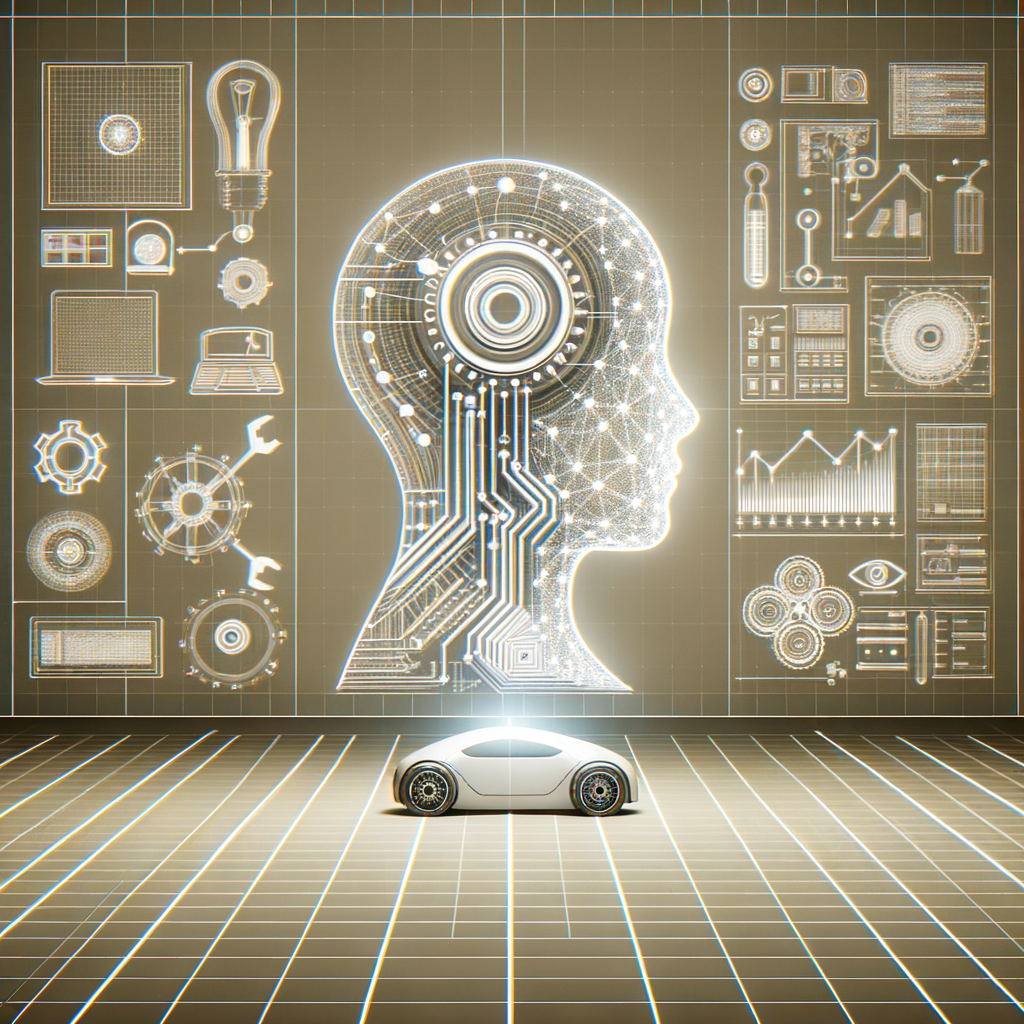
Auto-Designing with AI: Creating the Blueprint of Tomorrow
Explore how AI is revolutionizing the field of architectural and industrial design. This blog delves into the cutting-edge AI tools and technologies that enable designers to automate and enhance the creative process. Discover the impact of AI on design efficiency, innovation, and personalization as we journey through the latest advancements in AI-driven design solutions.
Auto-Designing with AI: Creating the Blueprint of Tomorrow
Introduction
The intersection of artificial intelligence and design represents one of the most fascinating and rapidly evolving domains in the technological landscape. From architectural endeavors to intricate industrial designs, AI is reimagining the creative process, offering new tools and methodologies that augment human creativity and streamline production workflows. In this blog post, we will explore the myriad ways in which AI is transforming design, supporting automation, and enabling groundbreaking innovations.
The Evolution of Design: From Drafting Boards to AI
The journey from traditional design methods to AI-enhanced solutions has been nothing short of revolutionary. Initially, design relied heavily on manual labor and intuition; today, artificial intelligence integrates data-driven insights with creative intuition. With AI, designers can now explore thousands of design variations in a fraction of the time, leveraging computational speed to enhance both efficiency and creativity.
AI Tools Revolutionizing Design
-
Generative Design
- Generative design uses algorithms to generate optimal design solutions based on set parameters. Powered by machine learning, these tools can propose innovative designs, reduce material waste, and even improve structural performance. They allow designers to input specific functional goals and constraints, producing countless variations to choose from—effectively blending human creativity with AI efficiency.
-
AI in Architectural Design
- In the realm of architecture, AI tools assist architects by simulating environmental conditions and optimizing building performance before construction begins. AI can analyze locations, materials, and structural integrity to propose sustainable and aesthetically pleasing designs.
-
AI-Driven Industrial Design
- Industrial designers leverage AI to refine the functionalities and appearance of products. AI can predict user behavior, ensuring that the specifications align with consumer expectations and market trends. Furthermore, AI assists in iterating design prototypes, making the process faster and more accurate.
Enhancing Creativity and Innovation
AI not only optimizes the design process but also enhances creativity. By handling tedious tasks, AI frees up designers’ time, enabling them to focus on the conceptual and experiential components of their work. This collaboration between humans and AI results in inventive and unexpected design solutions, pushing the boundaries of what's possible.
Machine Learning and Pattern Recognition
By using pattern recognition capabilities, machine learning algorithms can predict future trends by analyzing current design data. This predictive power provides designers with insights and foresights, illuminating paths toward innovative designs that align with emerging user preferences and technologies.
Workflow Automation and Efficiency
AI-driven automation tools are instrumental in optimizing the workflow, reducing time from the initial concept to the finished product. These tools can automate repetitive tasks such as drafting and material calculations, allow for real-time collaboration, and integrate with other software systems to create seamless design ecosystems.
Personalization in Design
One of the most exciting prospects AI offers is enhanced personalization. By analyzing user data, AI can tailor design elements to individual preferences, creating bespoke products and spaces that resonate with end-users. This level of personalization not only delights customers but also builds stronger brand loyalty.
Ethical Considerations in AI-Driven Design
With AI's growing role in design, ethical considerations must also come to the forefront. It is essential to balance innovation with responsibility, ensuring that AI-driven designs do not reinforce bias but instead promote inclusivity and sustainability.
Conclusion
AI is undeniably shaping the future of design across various sectors. By enhancing creativity, streamlining workflows, and offering unprecedented personalization, AI provides designers with tools to create groundbreaking work that meets the demands of the modern world. As we continue to harness the potential of AI, we must also remain vigilant in guiding its application ethically and responsibly.
As we look towards the horizon, one thing is clear: the blueprint of tomorrow is being designed today, and AI is at the heart of this transformative process.